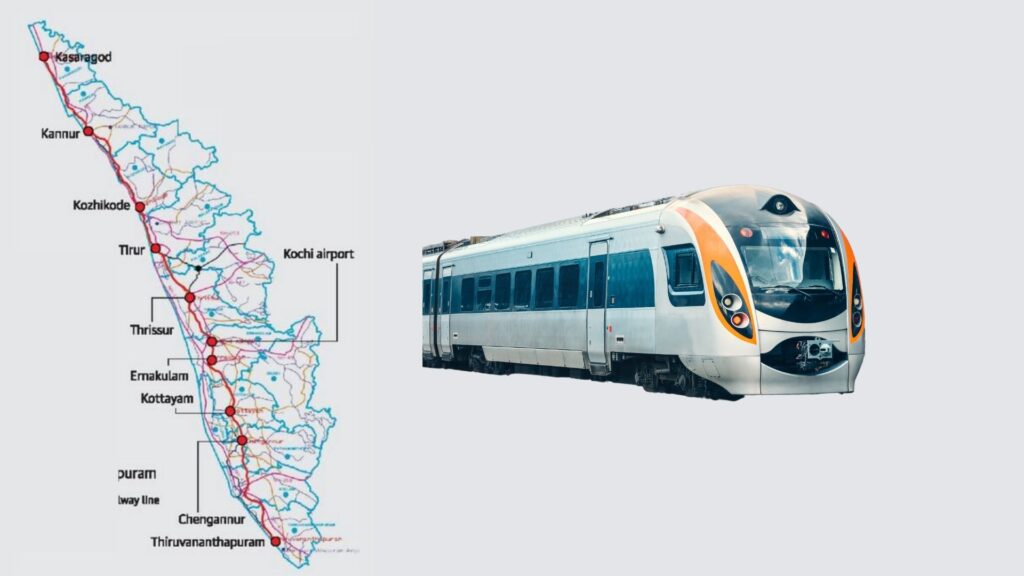
1. Kerala State is faced with many inter-connected sustainability issues which are pulling back the state. Issues are due to both global and local reasons
2. Kerala State is at the receiving end of ‘climate change phenomenon’ as the studies find that the Indian Ocean is the global heat hub based on Ocean Currents and sea surface elevations. Immediate action plans are to be carved out locally to save our people.
3. Though the State of Kerala is getting very good rains fed by NE and SW monsoons lions share of the rainwater is reaching the sea within hours as the rivers are steep and fast-flowing and due to anthropogenic reasons.
4. Scattered Settlement pattern has been evolved over a very long period due to the uniform distribution of natural resources spread throughout the length and breadth of Kerala
5. The scattered settlements and our rural ecosystems are complimenting till a few decades ago due to the limited consumption patterns of our forefathers
6. As the people are distributed all over Kerala regional transport networks were also developed following the population distribution
7. Basic Health and education components of human development flourished though percapita income remained low.
8. People of Kerala could not make meaningful livelihood in their home land.
9. People have to migrate to the metropolitan cities in India and abroad to earn their living
10. When the remittances increased people’s life style also changed
11. Consumption trends in rural areas attained the same standard as the urban settlements (if not more) which no longer complimented the rural ecosystems. Human-Nature interactions started contradicting.
12. Now Kerala is under the clutches of the chronic disease ‘urban sprawl’ with declining urban density which is causing more revenue expenditure and fewer revenue receipts while we are losing the integrity of ecosystems around us due to the same reasons
13. Ecosystems ensure providing, regulatory, supporting and cultural services
14. Two effective indicators have been evolved to correctly quantify the urban sprawl phenomenon known as Environmental Efficiency (EE) and Carrying Capacity(CC) which has global to local applications and which are like two sides of a coin.
15.EE&CC though carved out from a global perspective can effectively be quantified and dealt with local solutions
16.Using the capabilities of Remote Sensing and Geographical Information Systems it is possible to create EE&CC maps of the regions based on the drainage basins and can be aggregated to form the EE&CC map of the entire state.
17. This is by using proxy indicators of EE&CC in the GIS platform
18. Factors contributing to the Environmental Efficiency are the land utility of the parcel of land, accessibility of the parcel of land, per capita built-up area consumption, disturbance to the land versus productivity multiplication of the land, based on whether it is a bulk development
19. Four types of land parcels can be identified EE-rich, EE-prone, CC-rich and CC-prone areas. Urban Sprawl can be contained by transferring the developing rights from CC-prone areas to EE-prone areas.
20. Transfer of Development Rights(TDR) can be carried out in GIS platform using block-chain technology which effects in winding up of our urban centres to achieve compact urban form through urban planning measures
21. This ensures EE-rich urban centres while our supporting regions would be CC-rich
22. Rainwater will be regulated ensuring freshwater availability round the year without flood or drought
23. As per the State Urbanisation Report there are six hierarchical urban settlements in Kerala
Semi-high speed silver line project connects
• Kochi the first order city
• Thiruvananthapuram and Kozhicode –second order cities
• Kollam, Chengannur, Trissur & Kannur — third order
• Kottayam fourth order
• Tirur-fifth order
• Kasargod sixth-order
If different hierarchy settlements are connected human development and economic momentum of first and second-order cities decline as people’s choices will be based on demand and supply. The economic and human development momentum of first and second order cities trickles down to lower order cities
25. Urban Sprawl tendencies will be aggravated further reducing the EE&CC of the state.
26. First and second-order cities in Kerala will be turning as mere node points of a linear city with lesser human development momentum and more travel time resulting in human development loss.
27. Tax base of Government diminishes as higher-order cities will decline which are engines of economic growth.
28. Revenue receipts will be diminished while revenue expenditure gets multiplied
29. External borrowings further aggravates the situation while the brunt of global warming and urban sprawl hits Kerala drastically
30. People start migrating to higher-order cities outside the state for better quality of life while the remaining ones will be getting into turmoil and miseries
After going through you may decide whether K rail Silver Line Project is a boon of bane?
To hear the full narration click here
Remedial measures can be rightly corroborated with the recommendations of Post Disaster Need Assessment Report(PDNA) under the aegis of UN
To access the Post Disaster Need Assessment Report(PDNA) by UN subsequent to 2018 deluge in Kerala click here
Dr May Mathew, FOUNDER TRUSTEE & CHIEF PLANNER










